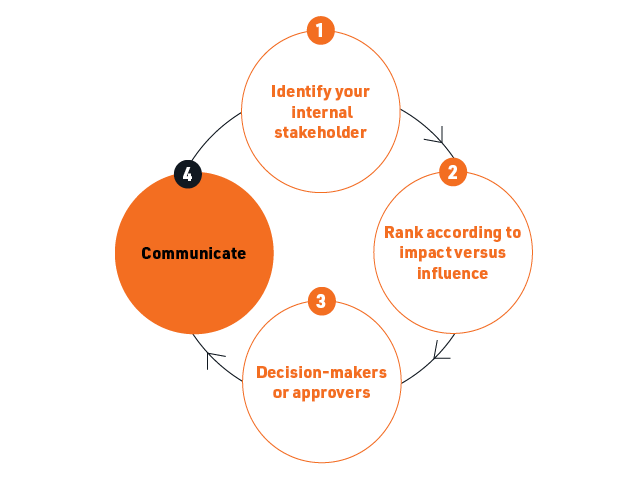
The art of efficiency is communication
31 January, 2020
You’ve worked on a project for months. So far, you’ve hit every deadline and you’re within budget. You’re at the last milestone, ready to finish.
Surprise! There’s an unforeseen delay, costing you time and money you can’t afford to lose!
You break it down and realise it’s a simple mistake that could have been avoided if information had been communicated in a different way, at an earlier time or to the right person.
Does this sound familiar?
Reflect on the amount of time spent planning and strategising about external communications and stakeholder engagement activities. Now, imagine how seamless the flow of information and decision points would be if equal effort was applied to internal communication and engagement beyond newsletters and feel-good wall posters.
Treat the idea of internal communication and engagement the same as external.
Knowing how your internal stakeholders and colleagues work, their influence and the best way to communicate with them is priceless when it comes to managing risk.
So, you’re keen to get to know your internal stakeholders? The four areas below are what I like to call the language of efficiency.

1. Identify your internal stakeholder
Who are the people you need to engage with in order to get the project moving, approved and decisions made? Pinpoint the key people or teams from whom you’ll probably need advice, input or a signature. Identity as many stakeholders as you can. The more you know who plays a role, the less surprises there will be along the way. What about your graphic designer who can turn content-heavy work into something beautiful and eye catching? And don’t forget the person who has direct access to the board!
2. Rank according to Impact versus Influence
Once you have your list of stakeholders, identify their level of influence and impact. This helps determine the types of communication and opportunities they have to be involved in or informed about. Influence is the extent to which your stakeholder is or can be involved with the project, or the level to which the stakeholder can sway others. Impact refers to the extent to which the stakeholder can positively or negatively affect or be affected by the project.
3. Decision makers or approvers
There will be points throughout the project where particular stakeholders need to make decisions or approve content and strategies. Now you are clear on your stakeholders, the next step is to map the critical decision and approval intersections along the entire project lifecycle. Don’t forget lead-in times - some stakeholders might need 4 weeks to make a decision while other stakeholders might only require 24 hours to approve content.
This is key to understanding when and how to deliver information to the right people to keep the project moving and minimising delays.
4. Communicate
Everyone is different and people prefer to receive information in various ways. Some stakeholders prefer a 10-minutebrief on their way to another meeting; others love a 10-page document to be read over a latte. Whatever the method is, use tailored communication methods. If you’re unsure, don’t be afraid to ask. People love to tell you how they want things. If they’re getting the information they need it in a timely way that suits them, they will engage more effectively with the content. In return, that helps you and your project.
After this simple exercise, you should know your key stakeholders, their level of influence and impact, whether they are decision makers or approvers, and the best way to communicate with them in a way that delivers outcomes.
You may not need to develop a full internal communication strategy or plan for each project, but as author and former presidential speech writer James Humes says,
“The art of communication is the language of leadership”.